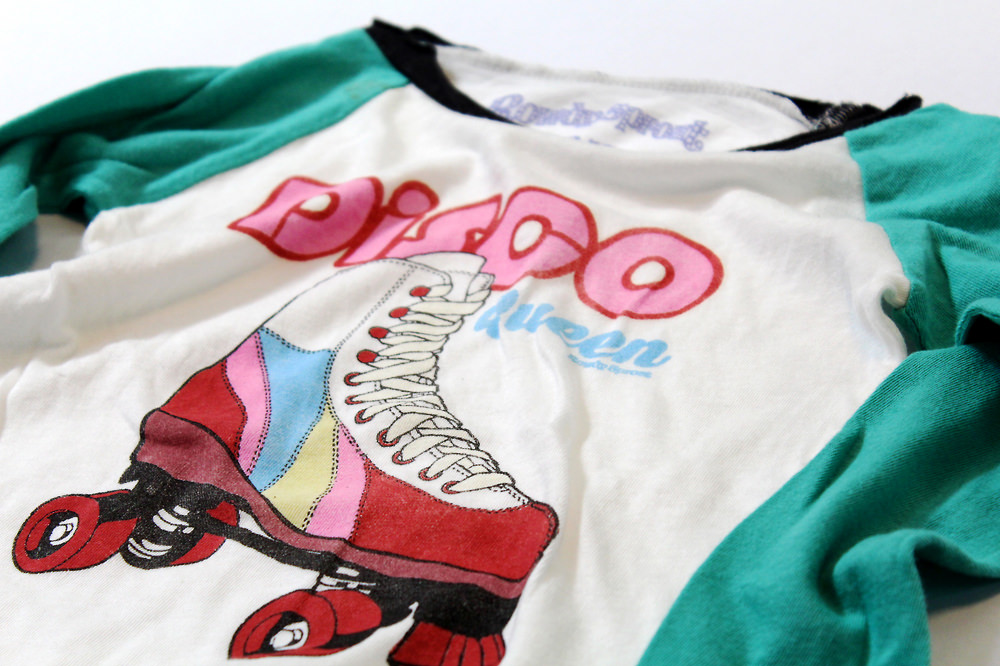
Every printing project is different. From the printing method to the choice of ink, the blend of fabric, to the intended audience, each project requires its own considerations.
One of the most important decisions you’ll have to make when customizing your order is how best to match your method with the fabric you’ve chosen for your garment. This is easier said than done. Even a slight change in the makeup of a fabric can drastically affect the way it reacts to a certain approach (be it screen printing, DTG, or sublimation). But fear not! With this printing guide as a resource, you’ll be ready to create bright, beautiful and buzzworthy swag!
Before we get into how specific fabric choices affect different printing processes, let’s do a quick review of the three main methods you have at your disposal.

Screen printing is the process of pulling a layer of ink (preferably water-based, with or without a discharge agent) over a specially crafted screen in order to produce a design. This is an incredibly versatile and cost-effective method, especially for large orders. However, it’s best for more simple designs with only a small number of different colors.

DTG applies ink directly onto the t-shirt using inkjet technology. There’s no silkscreen or paper applicator; it’s just like printing on paper, except on fabric. DTG uses specialty water-based inks, which are absorbed by the fibers of the garment. This method produces truly awesome color and design quality. However, DTG is not cost effective for larger batches, and the design placement options are somewhat limited.
Now that we’ve covered the three main printing methods, let’s take a look at our fabric options.
With cotton you can employ:

Cotton is cheap and convenient, which is why it’s the preferred fabric for designers everywhere. In addition, it’s great to use if you’re just getting started, as it’s very simple to work with. It’s the easy choice if your brand is a bit cash-strapped.
100% cotton is a great option for any form of screen printing. And as far as ink options go, it’s the most versatile screen printing fabric.
Cotton is also the top recommended fabric for DTG. Though DTLA does offer DTG on certain blends, we always recommend at least 65% cotton or more. Anything less may not print completely true to color.
The only method incompatible with 100% cotton is sublimation, as sublimation can only be executed on highly synthetic fabrics or fabric blends.
There’s a huge variety of ratios of cotton/polyester blends out there. Here are the printing methods we recommend for some of the most common.

Screen printing is known for its versatility, and because of that it works on all of the blends listed above. That being said, the screen printing is at its best with fabrics that have the highest cotton content, as blends with higher poly content can lead to something called dye migration.
As mentioned, DTG works best on 100% cotton garments. While it’s possible to print on certain poly/cotton blends, we suggest at least 65% cotton or more. We also highly recommend you order a sample of any method/fabric combinations that may not be optimal before making a whole order.
Triblends are, as the name suggests, a blend of three usually synthetic fibers, i.e. 50% polyester, 25% cotton and 25% rayon. Because of that, with screen printing you’ll want to be careful of dye migration. It’ll be important to order samples here before making a larger order. In addition, we recommend water-based over discharge inks here, as discharge inks work best with a higher cotton content.
In most cases, DTG isn’t recommended on triblend fabric. However, certain triblend reacts differently than others. We’ve seen some great results with some of our products, you’ll just need to do some sampling first.
The devil’s in the details. Creating a happy marriage of printing method and fabric will make all the difference in how your final product looks. And, ultimately, this determines the impression your brand makes.
So, before you make any large scale order, make sure you’ve considered how your preferred printing method will interact with your preferred fabric. And remember, there’s no need to do any guesswork here, order samples, experiment, innovate. We’re here to help! If you can thoughtfully and creatively customize your process, from design to fabric to print, you’ll be thanked by an engaged and devoted following.
In partnership with onetreeplanted.org
In partnership with onetreeplanted.org
A 100 piece minimum is needed for an account rep to handle your order.
For online orders
Screen Printing: 25 pieces minimum
Embroidery: 25 pieces minimum
Water-based Transfers: 1 piece minimum
Direct-to-Garment: 3 pieces minimum
Patches: 25 pieces minimum
Office: (323) 261-8700
9 AM – 5:30 PM PST
Please provide the best contact number for our team to reach out to you on, your account rep will reach out within 24-48 business hours.
A 100 piece minimum is needed for an account rep to handle your order.